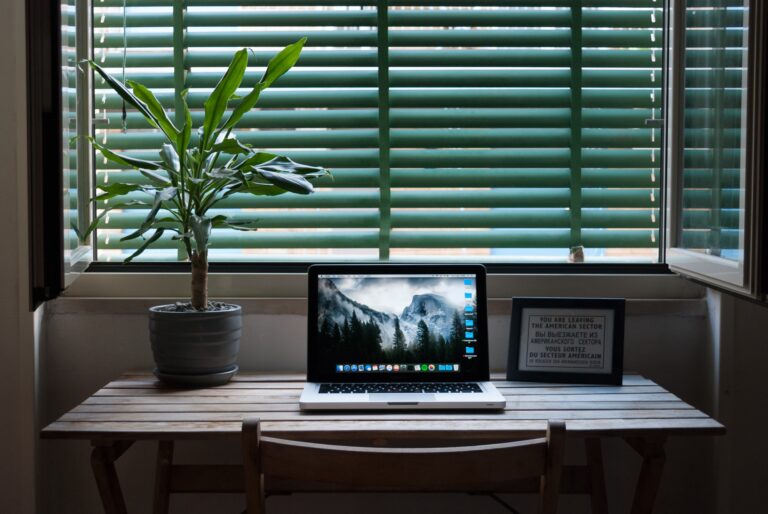How Much Plagiarism Is Acceptable In Turnitin?
For students, the pressing question always remains: How much plagiarism is acceptable in Turnitin? While there’s no universal answer, let’s dive into what research has shown.
What is Turnitin?
Turnitin is a prominent online tool designed to detect plagiarism in documents. It presents the proportion of duplicated content in your project, typically in a percentage-based report. Available on both desktop and mobile platforms, Turnitin offers real-time plagiarism detection and text analysis, helping to pinpoint sources and providing feedback on content originality by comparing unauthorized content with original sources. In Turnitin, typically a similarity index of up to 15-25% is considered acceptable; however, this can vary based on institutional policies and assignment requirements. For more insights on maintaining originality and avoiding self-plagiarism in your submissions, you might find valuable information on “Avoiding Self-Plagiarism with Turnitin.”
How Much Plagiarism Is Acceptable In Turnitin?
| Plagiarism in Turnitin | |
|---|---|
| What Percentage of Plagiarism is Acceptable in Turnitin? | There isn’t a universally acceptable plagiarism percentage in Turnitin. – Some universities might accept as low as 10%, while others might go as high as 45%, provided sources are properly cited. – The generally accepted benchmark is around 15%. – However, it’s essential to note that policies vary by institution. Regardless of the allowed limit, anything above 20% indicates significant plagiarism. |
| What Percentage of Turnitin Submissions Are Unacceptable? | – When evaluating the authenticity of a document, if the Turnitin similarity score exceeds 30% and the matching content is not appropriately cited or referenced, it’s considered a poor score. – Scores above 49% are seen as unacceptable, implying excessive copying from online sources and other documents. |
The acceptable threshold, however, may vary among universities. To improve your Turnitin score, consider paraphrasing source material accurately, ensuring you retain the main points, or summarizing the content in your own words.
Turnitin Colors and what they mean
Turnitin employs five basic colors to represent how much your paper matches the content in its database. Here’s a breakdown:
- Red: Represents a score of 75% to 100%. If your paper is red, consider revising or rewriting.
- Orange: Represents a score of 50% to 74%.
- Yellow: Represents a score of 25% to 49%. Consider revising if you land in this range.
- Green: Represents a score of 0% to 24%. This is generally acceptable.
- Blue: Indicates your paper has less than 20 matching words, which is excellent.
It’s always beneficial to aim for a score below 25% and, ideally, below 5%. Meeting these benchmarks can not only ensure your paper is accepted but might also earn you extra points for originality.
Conclusion
Plagiarism is a complex topic, and the acceptable level varies by institution. It’s always best to strive for originality in your work and cite sources appropriately. Various online tools can assist in ensuring your content is unique. Remember, it’s not about a set number or percentage but about maintaining the integrity of your work.
FAQs
1. How accurate is Turnitin in detecting plagiarism?
Turnitin is a leading tool in plagiarism detection and is widely trusted by educational institutions worldwide. However, like all tools, it’s essential to interpret the results contextually and understand the nuances.
2. Does Turnitin store papers?
Yes, Turnitin stores papers submitted by students in a database, which it uses to check for matches in future submissions.
3. Can I use Turnitin before submitting my paper?
Some institutions allow students to check their papers on Turnitin before final submission. However, it’s best to consult with your professor or institution’s guidelines.






